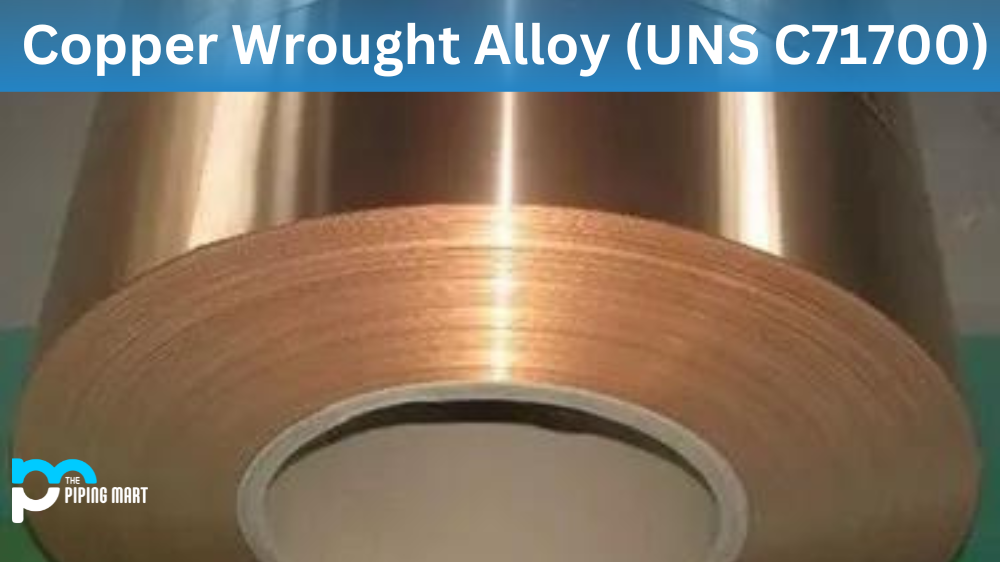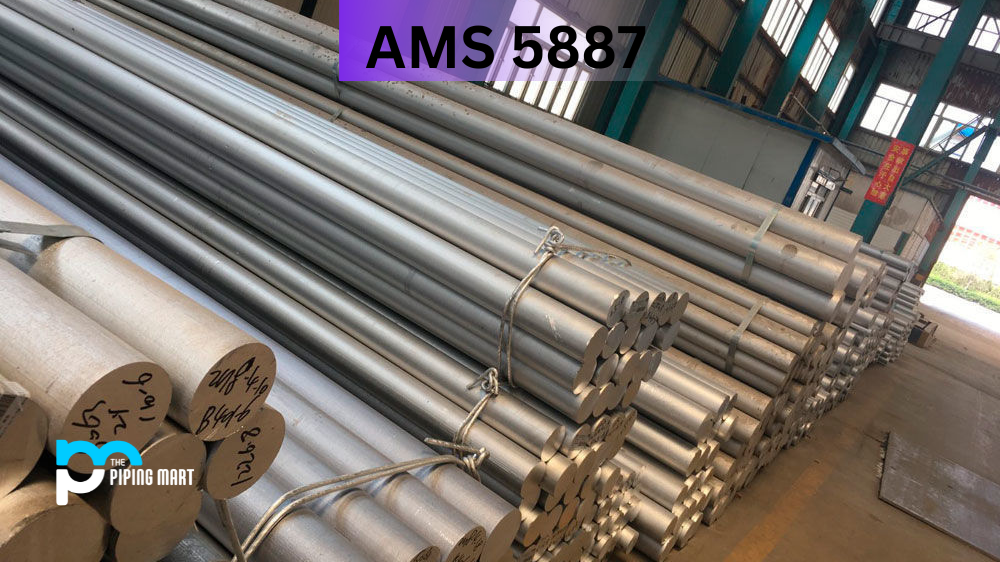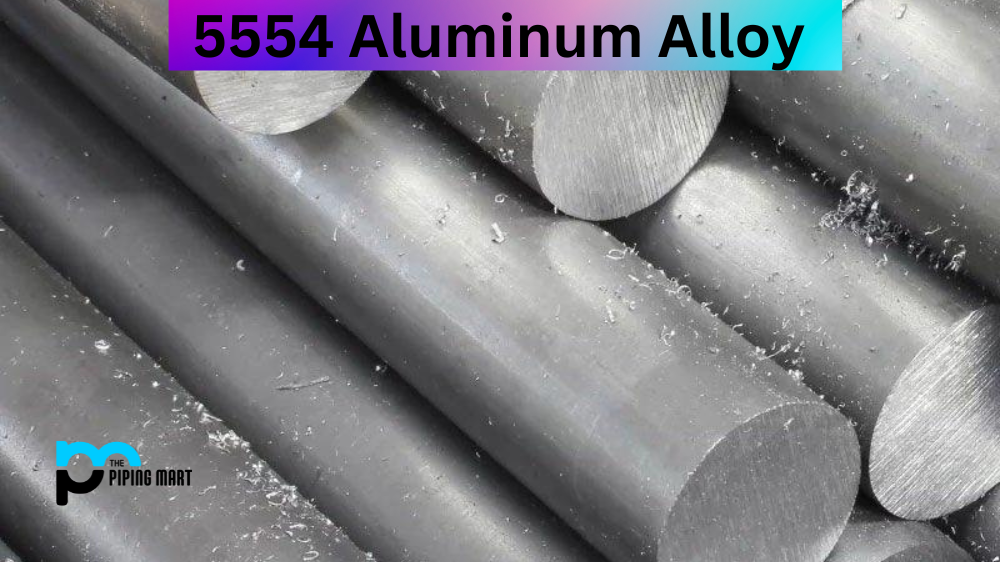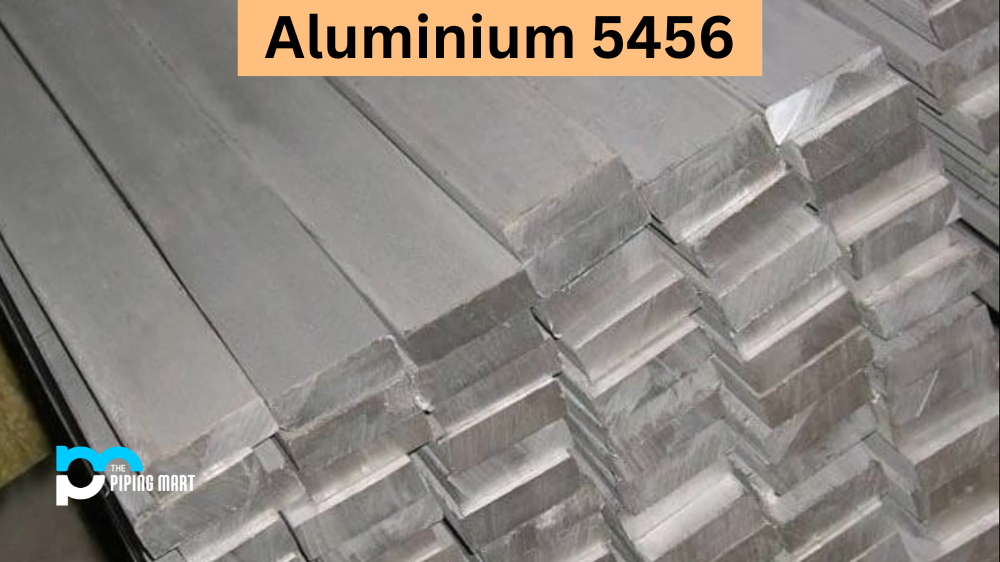Copper wrought alloy (UNS C71700) is a copper-based alloy used in various industrial and engineering applications for centuries. This versatile material is often chosen for its strength and durability, making it an ideal choice for multiple projects. This blog post will cover the composition, mechanical properties, physical properties, and expected uses of copper wrought alloy (UNS C71700).
UNS C71700 Composition
Copper wrought alloy (UNS C71700) contains 0.05-0.3% lead, 0.01-0.3% tin, and 0.03-0.15% zinc, as well as trace amounts of other elements such as iron, nickel, manganese, silicon and sulfur. This material also contains up to 99% copper.
| Element | Content (%) |
|---|---|
| Copper, Cu | 67.8 |
| Nickel, Ni | 31 |
| Iron, Fe | 0.7 |
| Beryllium, Be | 0.5 |
UNS C71700 Mechanical Properties
Copper wrought alloy (UNS C71700) has excellent mechanical properties, including a high tensile strength of 830 MPa and a yield strength of 590 MPa. It also has good resistance to corrosion and wear and excellent ductility, making it an ideal choice when forming complex shapes or parts with intricate details.
| Properties | Metric | Imperial |
|---|---|---|
| Tensile strength | 483-1379 MPa | 70-200 ksi |
| Yield strength | 207-1241 MPa | 30- 180 ksi |
| Modulus of elasticity | 117 GPa | 16969 ksi |
| Poisson’s ratio | 0.34 | 0.34 |
| Elongation | 40% | 40% |
UNS C71700 Physical Properties
This material has a density of 8 g/cm³, which gives it excellent thermal and electrical conductivity, making it ideal for use in electrical components or devices requiring heat dissipation or conduction. It also maintains its strength even at elevated temperatures up to 400°C, making it suitable for many high-temperature applications as well.
| Properties | Metric | Imperial |
|---|---|---|
| Density | 8.8-8.94g/cm3 | 0.317- 0.322 lb/in3 |
UNS C71700 Uses
Because of its good mechanical properties and resistance to corrosion and wear, copper wrought alloy (UNS C71700) is commonly used in engineering applications such as valves, pumps, bearings and gears where the parts need to be strong yet still flexible enough to handle complex shapes or intricate details without breaking or becoming damaged easily over time due to wear or corrosion from various environmental factors such as water or air pollution. Additionally, this material is often used in the manufacture of electrical components such as switches or circuit boards, where its high thermal and electrical conductivity are beneficial in dissipating heat quickly while maintaining its structural integrity over long periods without breaking down due to excessive heat or other environmental factors like moisture or dust particles that can interfere with the electrical signals passing through the component or device being made using this material.
Conclusion
Copper wrought alloy (UNS C71700) is a highly versatile material that has been used in many different industrial applications for centuries thanks to its excellent mechanical properties such as high tensile strength combined with good resistance to corrosion and wear along with excellent thermal conductivity & electrical conductivity making it an ideal choice when creating components that require high levels of durability combined with flexibility when forming complex shapes & intricate details without compromising on quality & performance over long periods of time under harsh environmental conditions like extreme heat & exposure to water & air pollutants which can damage parts made out of less resilient materials like plastic or rubber over time leading to costly repairs & replacements if left unchecked so investing in more durable materials like copper wrought alloys upfront can save you considerable money & time down the line when needing replace your parts due to damage caused by these environmental factors so consider using copper wrought alloys today if you have any engineering projects requiring exceptional levels of durability combined with flexibility when forming complex shapes & intricate details without compromising on quality & performance even under harsh environmental conditions like extreme heat& exposure water& air pollutants which can damage parts made out plastic& rubber overtime leading costly repairs& replacements if left unchecked!
Sakshee is a talented blogger, with a particular focus on the Business and Metal Industry. She is passionate about sharing her insights on various metal products and helping professionals to make a better decisions.




